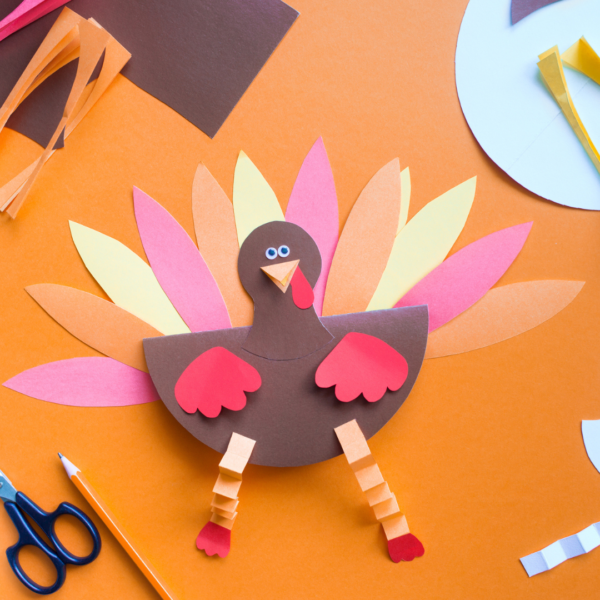Implementing classroom discipline strategies as the school year nears its conclusion is vital! And as summer is just around the corner, it’s no secret that keeping your classroom in check might be getting a little tricky. But don’t fret! With the right approach and a positive attitude, you can create a great learning zone until the very end. In this blog, I’ll share some cool examples of classroom discipline that worked for me and can help you keep the peace while still keeping your students engaged and pumped for learning.
How Can a Teacher Maintain Discipline in the Classroom?
1. Be Proactive: One of the most important ways to maintain discipline is to be prepared from the moment students walk into the classroom until they leave or the bell rings. When teachers are organized and have clear expectations, students know what to expect, leading to higher engagement and fewer discipline issues
2. Establish Clear Rules and Expectations: Make sure to foster a positive and productive learning environment. Establish clear and consistent behavioral and academic expectations on the regular. Students are more likely to respond positively to observable actions rather than mere words. Ensure regular reviews of these rules to reinforce understanding and the consequences associated with breaking them.
3. Positive Reinforcement: Recognize and reward positive behavior to reinforce desired actions. Praise students for following rules and meeting expectations, creating a positive classroom culture. Bring in simple treats sporadically to share with students as you continue to praise and reward positive behavior. Other examples include listening to music at the end of the period, sit wherever you choose and positive calls or texts to parents during the class time/period.
4. Effective Communication: Maintain open lines of communication with students. Listen to their concerns and address any issues promptly and respectfully. Find times before or after class to address concerns. Always follow up with students later, even if it means writing it in your plan book or a place that you frequently use as a reminder. Kids don’t care how much you know until they know how much you care.
5. Consistency: Consistency is key to effective discipline. Enforce rules consistently and fairly, regardless of the situation or individual involved. Children will always respond to what you do instead of what you say.
6. Classroom Management Techniques: Implement strategies such as proximity control, non-verbal cues, and signal systems to redirect behavior and maintain order in the classroom. Non-verbal cues can really be effective when used often as it can also limit disruptions. If you always stand in front of the room, then students not near you may or may not be focused or engaged. Move, move and move around the room as much as possible.
7. Engaging Lessons: Keep lessons interesting and interactive to capture students’ attention and minimize off-task behavior. Incorporate hands-on activities, group work, and multimedia resources to enhance engagement. Turn a worksheet into a hands-on activity that everyone can participate in individually or as a group. Make sure you plan ahead of time if the worksheet will be used for practice or an assessment.
8. Differentiated Instruction: Recognize and accommodate the diverse needs and learning styles of students. Provide varied instruction and activities to keep all students actively involved in the learning process. One way to implement this structure is to begin the lesson as a whole class with guided practice. Then move into group or paired practice. This allows you time to observe what students may need additional support or an extended activity for those that have demonstrated mastery.
9. Conflict Resolution Skills: Teach students conflict resolution strategies to help them resolve disagreements and manage interpersonal conflicts constructively. When appropriate, create mock situations in which all of the students are involved in to practice common situations that may evolve.
10. Self-Reflection: Encourage students to reflect on their behavior and its impact on themselves and others. Help them develop self-awareness and accountability for their actions. An example of a discipline strategy for students is to read a quote at the beginning or end of the class period.
11. Collaboration with Colleagues: Work collaboratively with other teachers and staff members to share ideas and resources for maintaining discipline and supporting students’ social-emotional development. Ask around to see some of the tricks and hacks used by others and try them out with your class.
In Conclusion:
By implementing these classroom discipline examples and strategies, teachers can create a positive and productive learning environment, even as the school year draws to a close. With proactive planning, effective communication, and consistent enforcement of rules and expectations, teachers can ensure a smooth transition and finish the year on a high note.





Leave a Reply